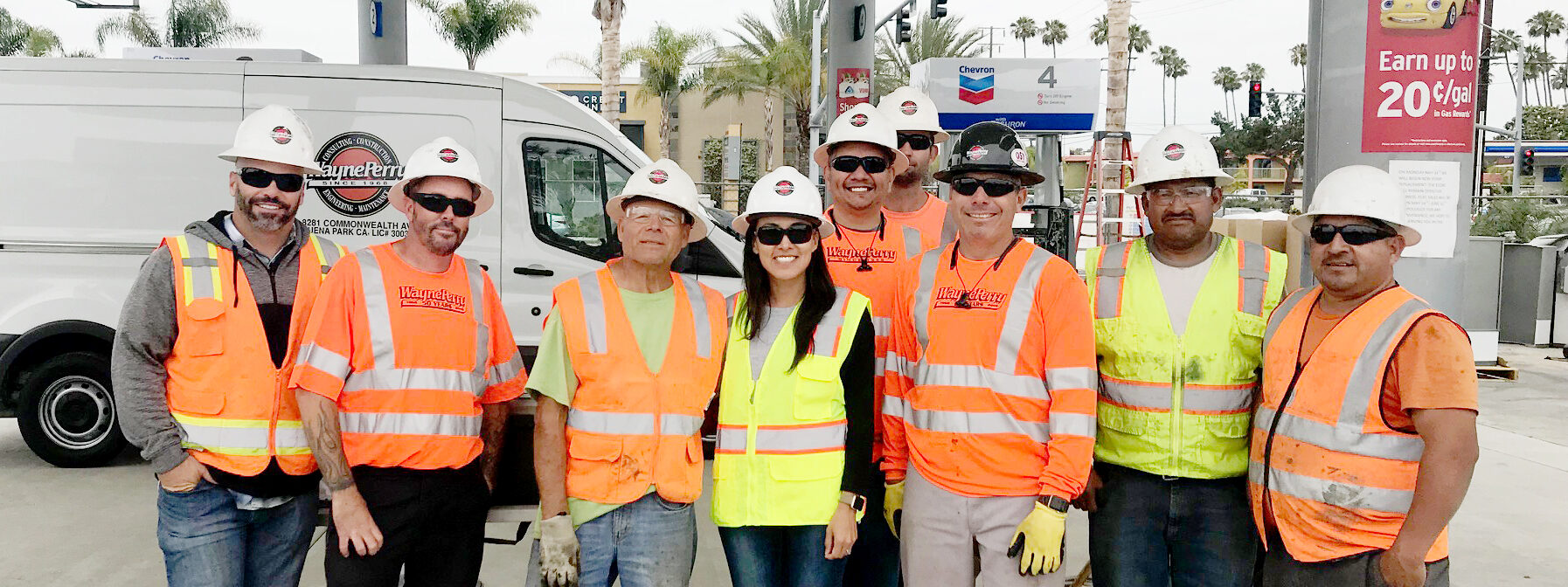Hydrogen as a fuel source holds great promise in our nation’s quest to transition from coal, gas, and oil. Once produced from a variety of domestic resources, hydrogen can be used to generate fuel-cell-based electrical power that emits only water vapor and warm air as a byproduct. Hydrogen-powered vehicles, also known as fuel cell electric vehicles (FCEVs), are a potential solution to drive the nation’s quest for energy independence and reduced greenhouse gas emissions.
Yet, fuel-cell powered cars in the U.S. number under 17,000 and have taken a back seat to the 2.5 million electric vehicles on our nation’s roadways today. Hydrogen fueling stations are emerging throughout California as a result of the benefits FCEVs provide in meeting the nation’s energy goals, and more and more forward-thinking automakers are offering them in markets where a growing number of hydrogen-dispensing stations exist.
The ABCs of FCEV Fueling
Hydrogen fueling stations require storage tanks that can be located either above or below ground. Compressors are required to reduce the volume of gas, and chillers are needed to cryogenically reduce its temperature for optimal vehicle performance. Once the dispenser is attached to a vehicle, it monitors the fueling process electronically and cuts off fueling when the tank is full. The process is seamless for drivers and is similar to filling up a typical vehicle’s gas tank. Hydrogen fueling requires only minutes without emitting fumes and the potential of overfilling and leaks that commonly occur with gasoline dispensing.
Facilities that service private fleets, such as heavy-duty trucks, buses, and material handling vehicles, require larger canopies and are often located centrally near dispatching facilities. Public fueling infrastructure can be added to existing retail gas stations or constructed as standalone facilities to serve passenger vehicles and light-duty trucks. These stations are best situated in locations with known high-volume FCEV traffic.
Barriers to Mainstream Adoption of Hydrogen Fueling
The addition of hydrogen dispensers to a traditional fueling station offers opportunities for station owners to increase revenue sources, align their brand with clean energy solutions, and power the vehicles of tomorrow. Currently, however, several barriers remain to the widespread adoption of FCEVs and hydrogen dispensing.
- Limited Infrastructure Accessibility: One significant obstacle to the mainstream adoption of FCEVs in domestic markets is the limited development of hydrogen infrastructure. Establishing a nationwide network of stations requires investment in production, storage, and dispensing equipment. To date, this infrastructure is limited to roughly 60 dispensing stations, largely in California with nearly double the amount currently planned. The lack of accessibility to hydrogen fueling stations is the primary challenge to the adoption of hydrogen-powered vehicles.
- Capital Investment Cost: Capital investment is another limiting factor. The production, storage, and transportation of hydrogen to dispensing facilities is expensive and energy-intensive. The necessary resources have yet to be scaled, making capital investment in the equipment expensive, if not altogether cost-prohibitive.
- Safety Concerns: Hydrogen has unique safety considerations due to its low-ignition energy and high-combustion speed. Specialized precautions must be taken in safely handling, storing, and dispensing before its widespread acceptance can become reality as a transportation fuel.
- Hydrogen Production: The majority of hydrogen production relies on fossil fuel sources such as natural gas, which produces carbon emissions. At the current time, scaling the production of renewable hydrogen is crucial to realizing its full potential.
- Fueling Costs: Hydrogen fueling is considerably more expensive than fueling internal combustion engines. According to an article in HydrogenInsight, the comparative fueling cost for hydrogen throughout California in Q4 2022 was $21.28/kg, with an equivalent per mile cost of $0.30, whereas the average cost of $5.46/gallon for gasoline equaled an equivalent per mile cost of $0.22.
Addressing these and other obstacles requires collaboration between governments, industry stakeholders, research institutions, energy producers, auto manufacturers, and public/private partnerships working together to develop the policies and programs to overcome these challenges. This collaboration will unleash the evolution of hydrogen as a staple transportation fuel source.
The Good News
Several federal agencies, including the Department of Energy (DOE) and the Environmental Protection Agency (EPA), have been involved in the research, development, and promotion of fuel cell technologies for several years. The DOE’s Fuel Cell Technologies Office (FCTO) has initiated several programs involved in the research, deployment, and proof-of-concept projects to improve the performance and affordability of fuel cell systems.





